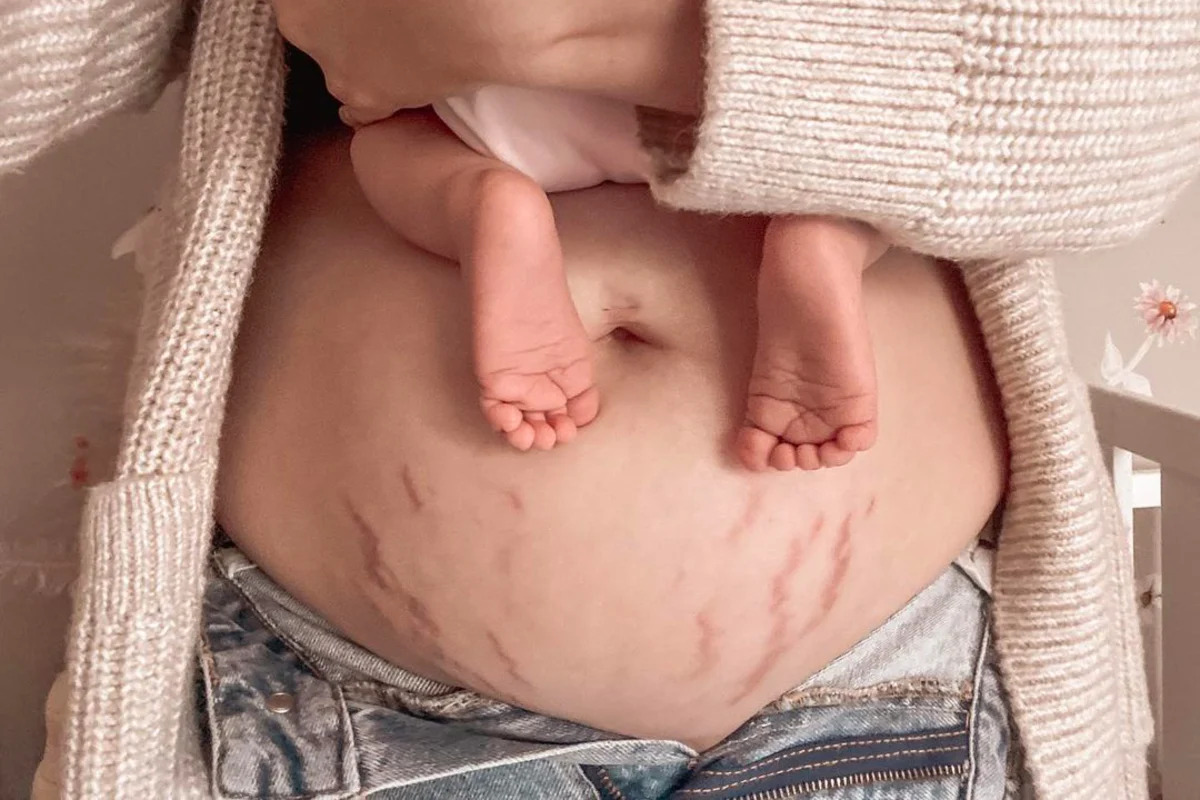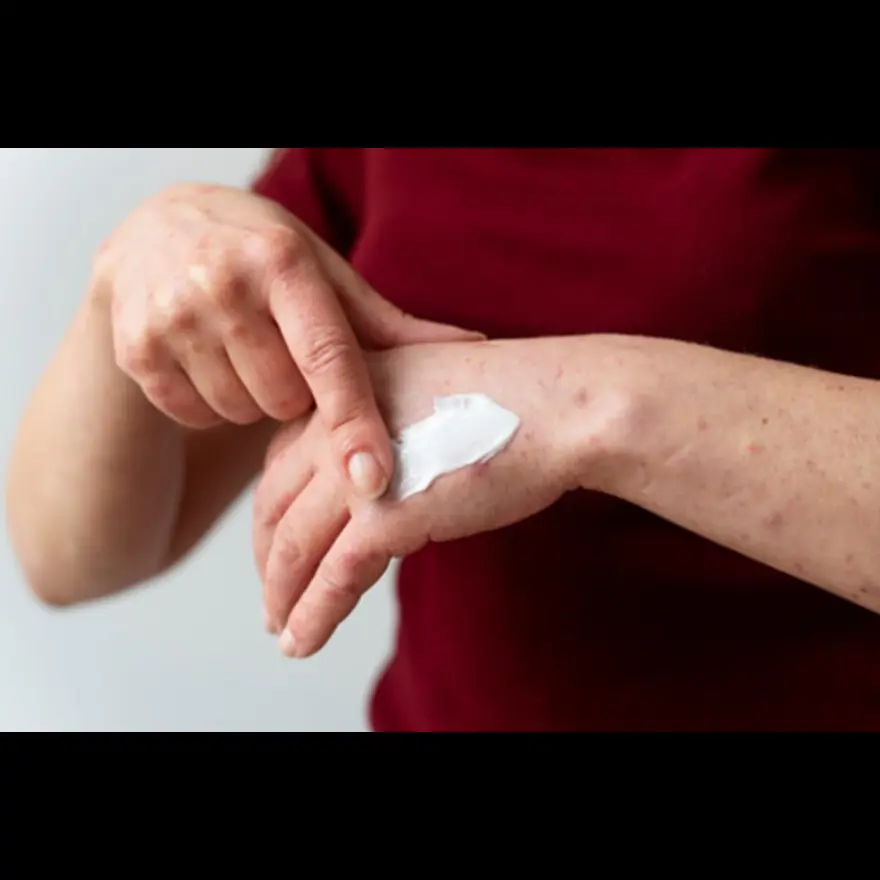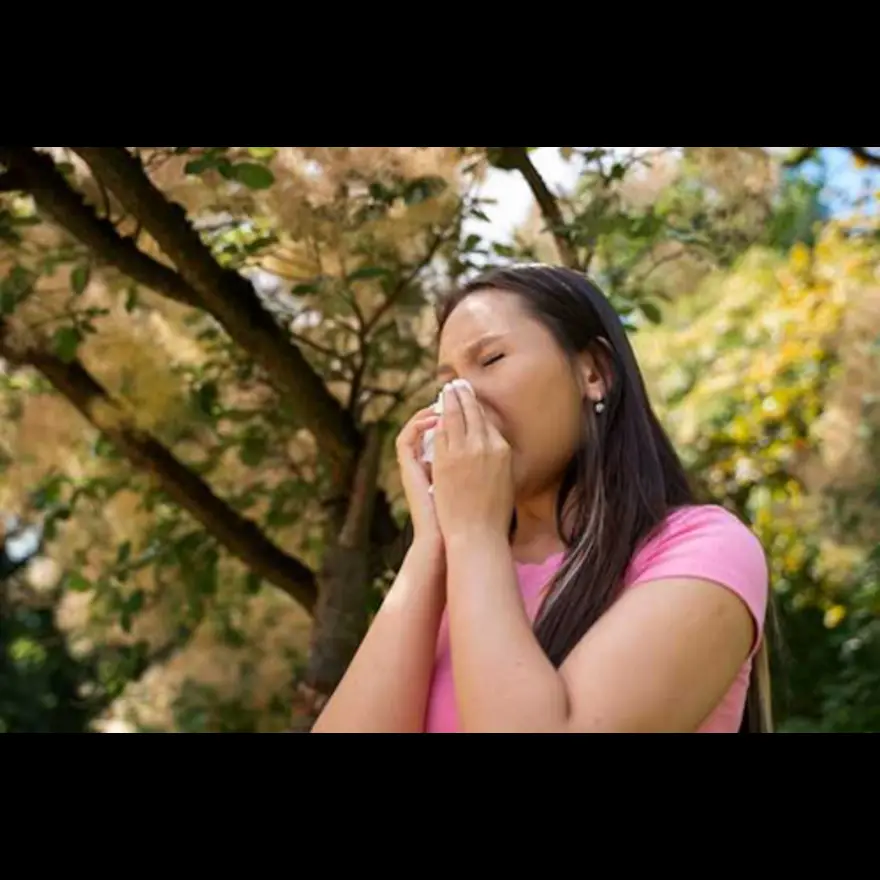Preventive Healthcare
Pregnancy Stretch Marks: What to Expect During Pregnancy
5039 Views
0

What are Stretch Marks?
Stretch marks appear as pink or light-colored streaks on the skin. They are most common during puberty or pregnancy. Stretch marks appear in nine out of ten pregnant women. They are most frequently found on the abdomen, breasts, or hips.
The fibres that keep your skin taut are collagen and elastin. Because of the rapid weight gain during pregnancy, these dermal (middle layer of skin) fibres can stretch and snap. Stretch marks are the result of rapid development and growth. They first appear as pink or violet lines on the skin. Depending on the skin tone, they gradually fade into a lighter color.
Stretch marks can develop as a result of genetic factors or from rapid weight gain or loss. These scars are common during pregnancy, but they can appear after giving birth as well. Stretch marks are caused by hormonal changes and weight gain that occur during pregnancy.
Stretch marks are not considered a medical condition. It is more of a cosmetic issue that may irritate some women. Is it possible to get rid of pregnancy stretch marks? Continue reading to learn more about the causes and treatments for stretch marks.
Causes of Pregnancy Stretch Marks
During pregnancy, the abdomen gets bigger and the skin stretches. Stretch marks occur when the skin stretches too much and the connective tissues break down.
Several factors can cause you to develop stretch marks.
- A major cause of stretch marks is having a genetic predisposition. If your skin naturally has less collagen, it will be less elastic. So, the chances of having stretch marks increase.
- Quick weight gain during pregnancy increases the risk of developing stretch marks.
- Hormonal fluctuations during pregnancy can weaken the skin fibers.
- A high level of steroids in the body can cause stretch marks. This can happen from steroid medications or due to illnesses like Cushing's syndrome.
- Genetic disorders such as Marfan syndrome and Ehlers-Danlos Syndrome (EDS) weaken the skin fibers due to genetic changes in collagen.
Stretch Marks During Pregnancy
Every stretch mark looks different. They vary depending on your skin type and where they have formed on the body. Common symptoms of stretch marks include
- Streaks or lines on the abdomen, breasts, hips, buttocks, or other places on the body. These streaks are indented.
- The streaks cover large areas of the body.
- The colour of the streaks can be pink, red, or purple.
- Bright streaks that later fade to a lighter color.
Treatment Options for Pregnancy Stretch Marks
Can pregnancy stretch marks be completely cured? Well, no. Many products on the market claim to prevent and cure stretch marks. But these claims are unproven.
However, several treatment options can fade and diminish the appearance of stretch marks. If you've had a baby and are concerned about the appearance of your skin, there are many things you can do. Make sure to consult your doctor before starting any new medication or procedure.
Home Remedies
Some home remedies can be used to treat new stretch marks. You must take care of your scars if you want them to look better. Maintain the cleanliness of your skin. Scratching or picking at scars can cause irritation and inflammation.
Consider using retinoid creams. This is a vitamin A-related compound. Retinoids promote cell turnover and collagen production. After regular use, these creams can help fade new stretch marks.
Massage oils and collagen-boosting supplements are two options. Almond oil and lupin seed extracts can soothe skin and reduce the appearance of new stretch marks.
Medical Treatments
Dermatologists use lasers and other treatments to help fade stretch marks. These treatments work better than home remedies and can even help fade old stretch marks.
Laser therapy is one of the most popular stretch mark treatments. Different lasers are used depending on the person’s skin colour. The stretch marks are exposed to a high-frequency laser to correct pigment problems. It can take several laser sessions to achieve visible results.
Another treatment option is using chemical peels. Different chemical formulations can be used to remove the top layers of your skin. The new skin underneath is smoother and even-toned. It may take several chemical peel sessions to achieve the desired results.
How to Prevent Pregnancy Stretch Marks
You cannot completely prevent pregnancy stretch marks from developing. But, some steps can reduce the risk of developing stretch marks.
During pregnancy, you need to look after your skin. You can do this by moisturising and using sunscreen regularly. Moisturizers lock in moisture and keep your skin healthy and hydrated. Gently exfoliate your skin. This will remove the old and dull skin cells and make your skin even-toned.
Have a balanced diet and eat nutritious meals. Regular exercise will keep your skin glowing. Avoid processed foods, sugar intake, smoking and drinking alcohol.
A Concluding Note
Pregnancy is a life-changing and beautiful experience for a woman. You are giving birth to a new life. There are going to be several new changes in your body. They will affect you both physically and emotionally.
Stretch marks are just minor cosmetic concerns. Focus not on your stretch marks but on your beautiful baby bump. Take care of your body. Eating well and staying hydrated is extremely important for you and your baby.
If stretch marks bother you, there are ways to reduce their appearance. Consult a dermatologist to learn more about treatment options. Either way, learn to love your appearance. Wear your tiger stripes with pride, for they will remind you how powerful your body is. You gave birth to a new life. Not everyone can do that. Book Double Marker Test For Pregnancy at Metropolis India.























 WhatsApp
WhatsApp
